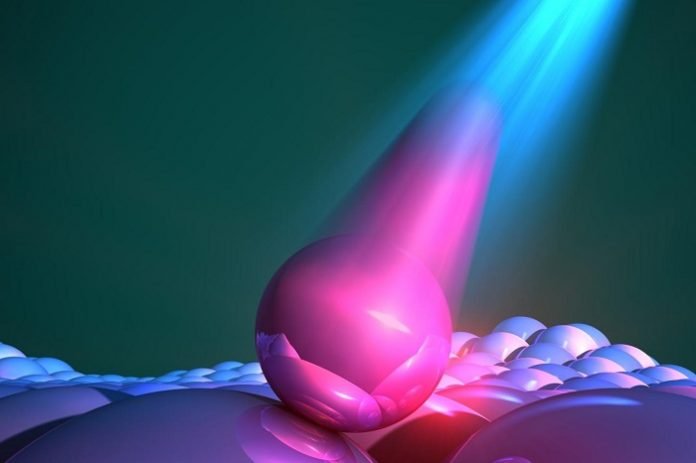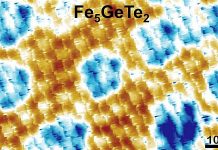
In a new study, scientists found that tiny particles quantum dots may help develop low-cost semiconductors in the near future.
The easy-to-produce material may soon replace more expensive single crystal semiconductors and be used in solar panels, camera sensors, and medical imaging tools.
The study was done by researchers at Stanford University and the University of California, Berkeley.
Previous research showed that quantum dots have begun to break into the consumer market, but the long-standing uncertainties about their quality limit their usage.
In the current study, the team developed a new measurement technique to solve the problem.
They focused on how efficiently quantum dots reemit the light they absorb, which is one important measure of semiconductor quality.
This research is part of a project called Photonics at Thermodynamic Limits.
The goal is to create optical materials with the highest possible efficiencies. Optical materials are materials that affect the flow of light.
The team suggests that the quantum dots they can make in large numbers are as good as the best traditional semiconductor single crystals.
They hope their findings may help develop applications that require materials with luminescence efficiency well above 99%.
The measurements that the team has already developed are a milestone and may encourage more scientists to contribute to quantum dot research and applications.
This is the first measurement method to confidently show quantum dots could compete with single crystals.
The team’s next plan is to develop even more precise measurements.
If these materials reach efficiencies at or above 99.999%, then it opens up the possibility for technologies people have never seen before.
One lead author is David Hanifi, a graduate student in chemistry at Stanford.
The study is published in Science.
Copyright © 2019 Knowridge Science Report. All rights reserved.



